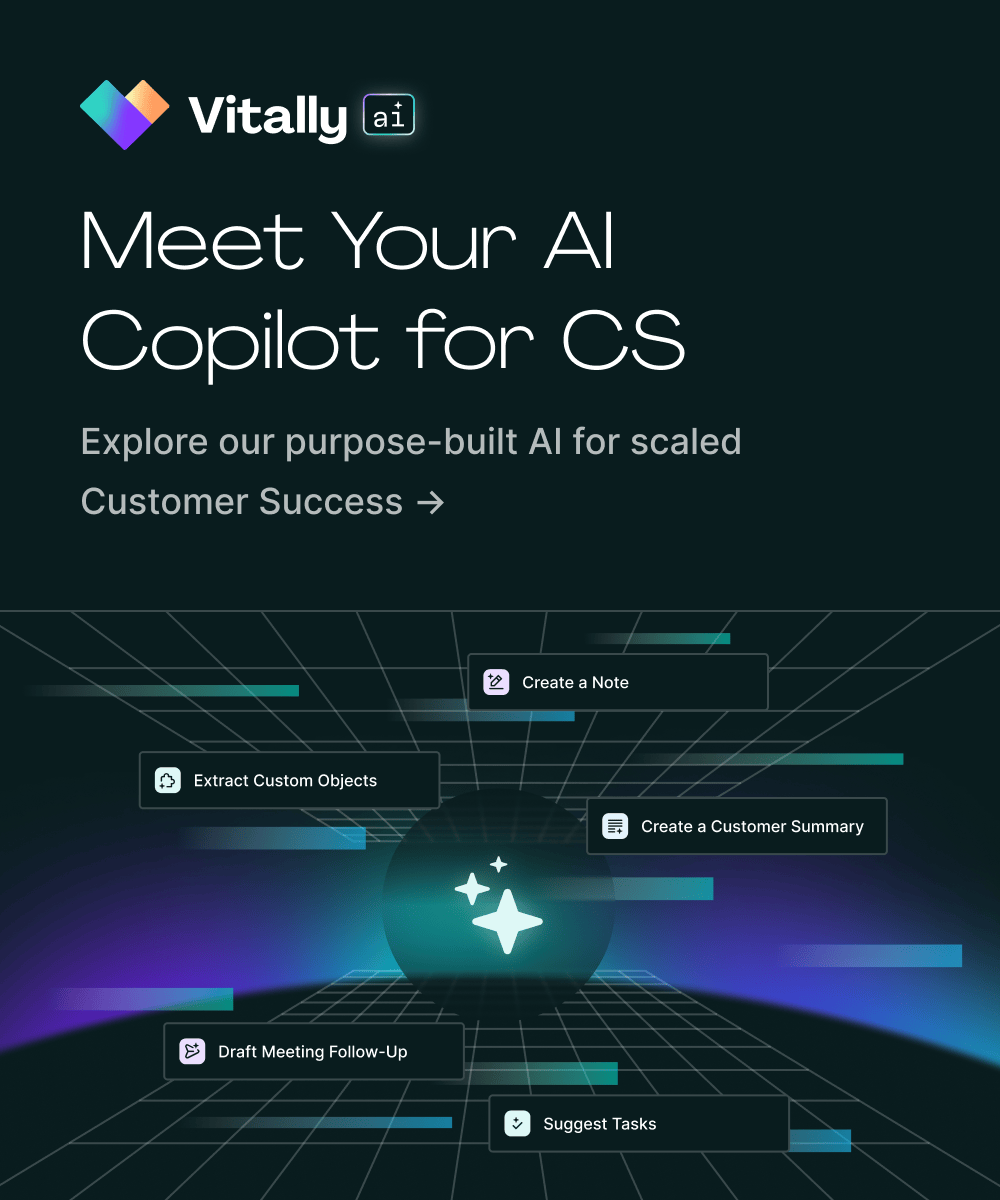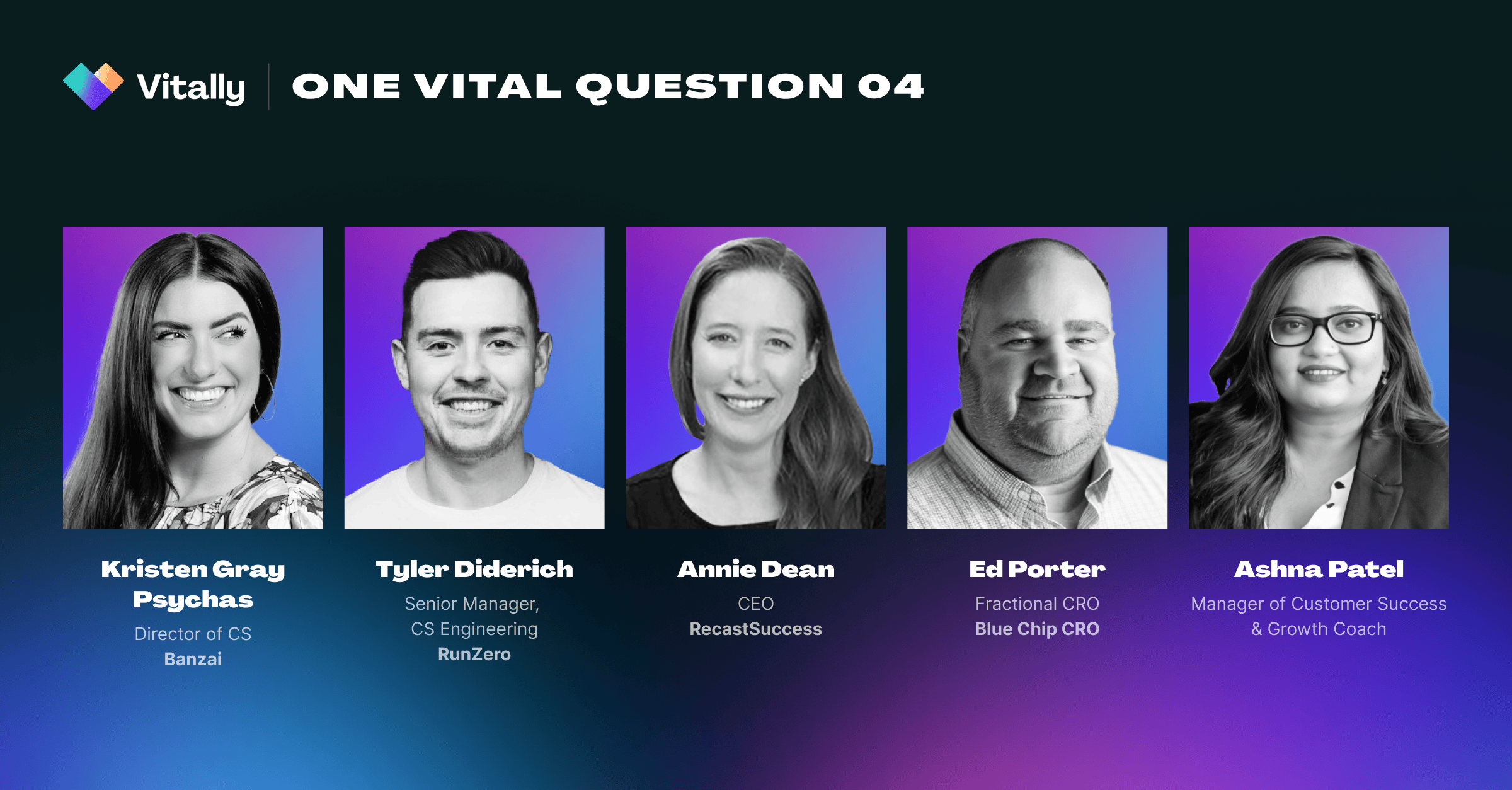
What Are the Key Strategies for Effective Customer Onboarding?
Customer onboarding is one of the most critical phases in the customer lifecycle, directly impacting retention and long-term success. In this episode of One Vital Question, five industry leaders share their essential tactics for curating onboarding experiences that lead to higher Time to Value (TTV), stronger relationships, and better customer outcomes.
Featured Experts in Customer Success:
- Kristen Gray Psychas – Customer Success, Banzai; LinkedIn Top Voice in Customer Retention
- Tyler Diderich – Customer Success Engineering, runZero
- Annie Dean – CEO, RecastSuccess
- Ed Porter – Fractional CRO, Blue Chip CRO
- Ashna Patel – Manager of Customer Success & Growth Coach
01. Why Is Aligning on Purchase Objectives and TTV Critical in Onboarding?
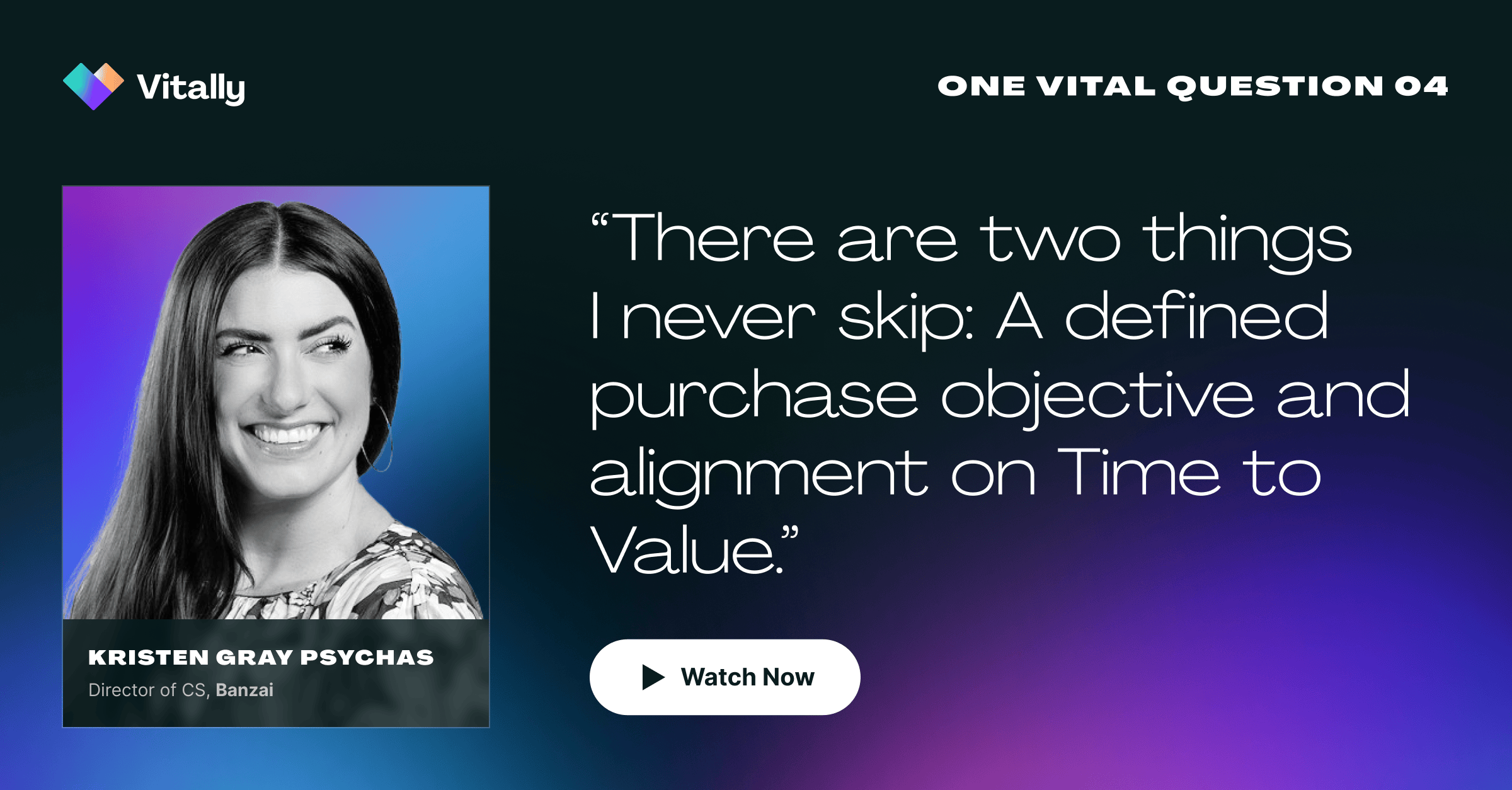
Kristen Gray Psychas emphasizes that successful onboarding starts with knowing why the customer bought your product. She recommends:
- Capturing purchase objectives during the sales cycle
- Automatically syncing this data to your CRM
- Using these insights to design a personalized kickoff
She also suggests gathering go-live expectations early to avoid resource bottlenecks. When that’s not possible, use the kickoff call to fill in discovery gaps.
02. How Can Automation Improve the Onboarding for All Segments?
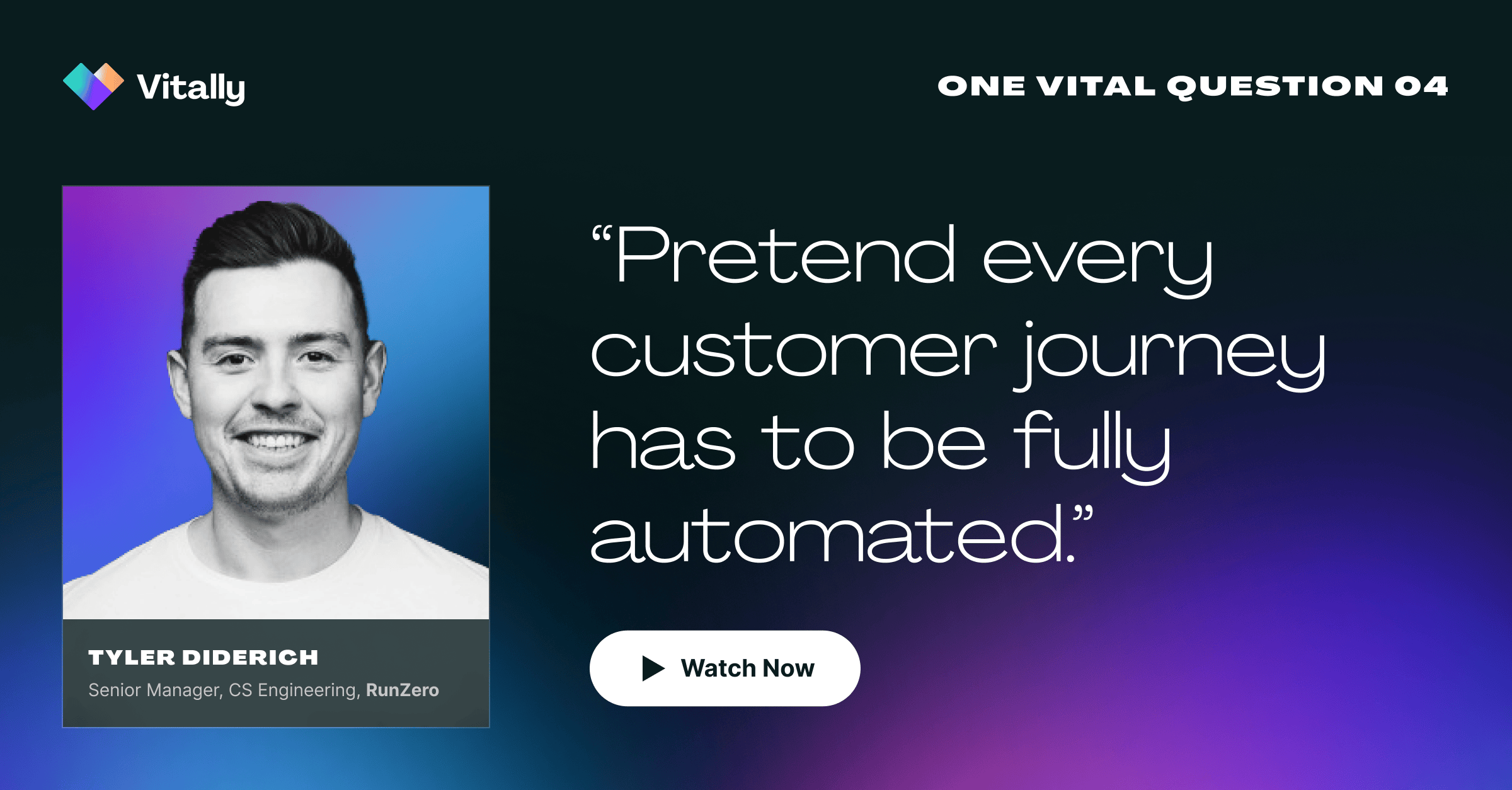
Tyler Diderich suggests using automation as a baseline to ensure quality and scale. His onboarding best practices include:
- Creating email templates and detailed documentation
- Recording videos to support self-service
- Using automated assets even in high-touch engagements
This approach results in consistent, scalable onboarding that doesn't sacrifice depth.
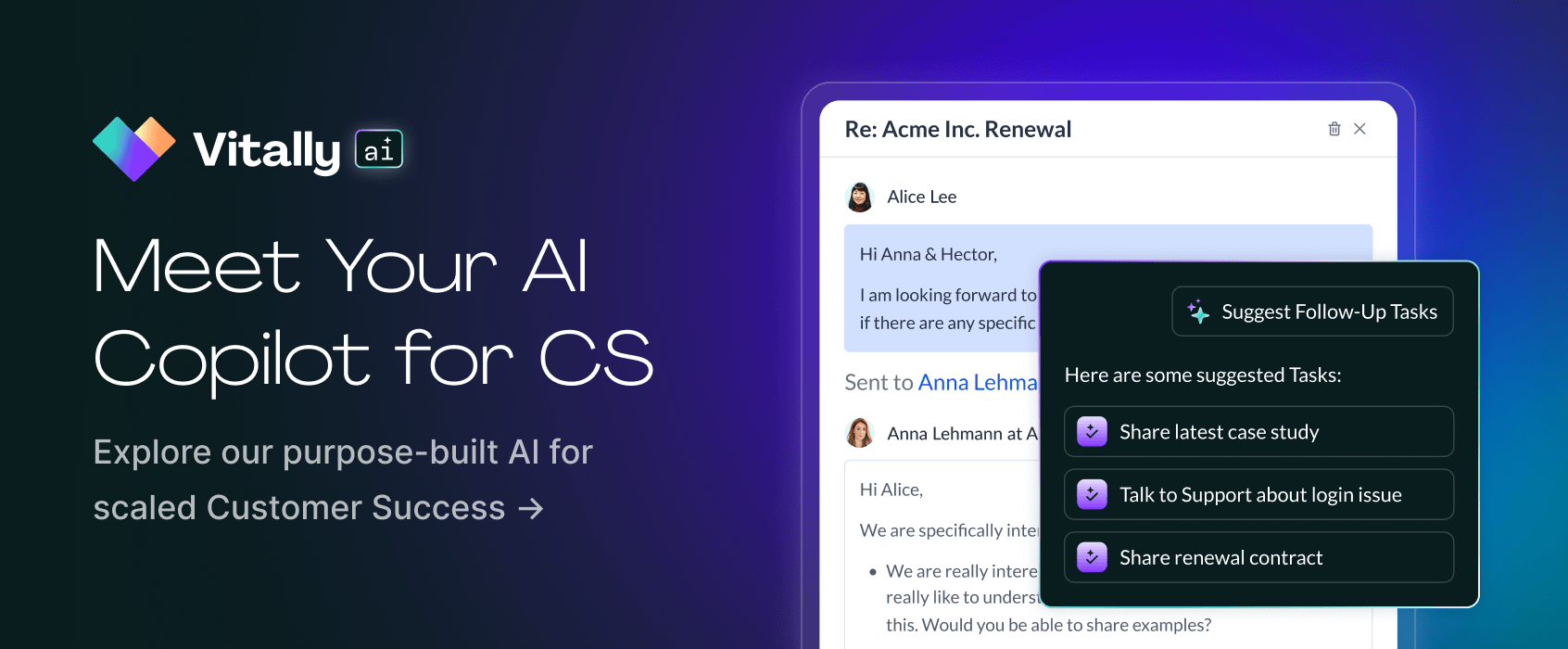
03. Why Should Onboarding Be Designed From the End-Goal Backward?
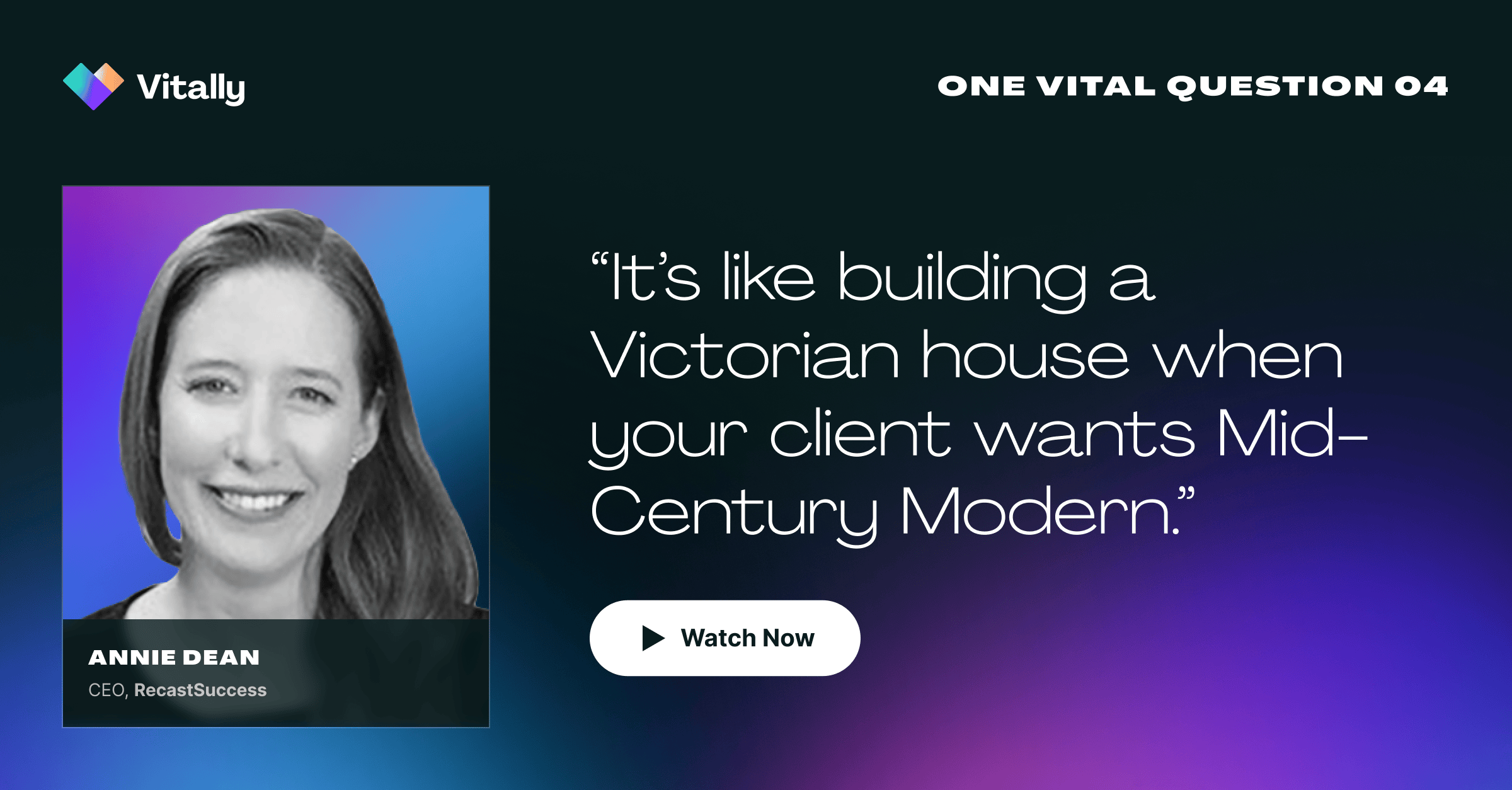
Annie Dean advocates for starting with the customer’s long-term outcomes, not just quick wins. Her methodology:
- Align on the customer’s definition of ROI
- Identify key stakeholders and end users
- Design the onboarding process to support strategic goals
This backwards planning ensures the onboarding supports long-term value and not just initial product adoption.
04. What’s the Role of Onboarding in Connecting to the Customer’s “Why”?
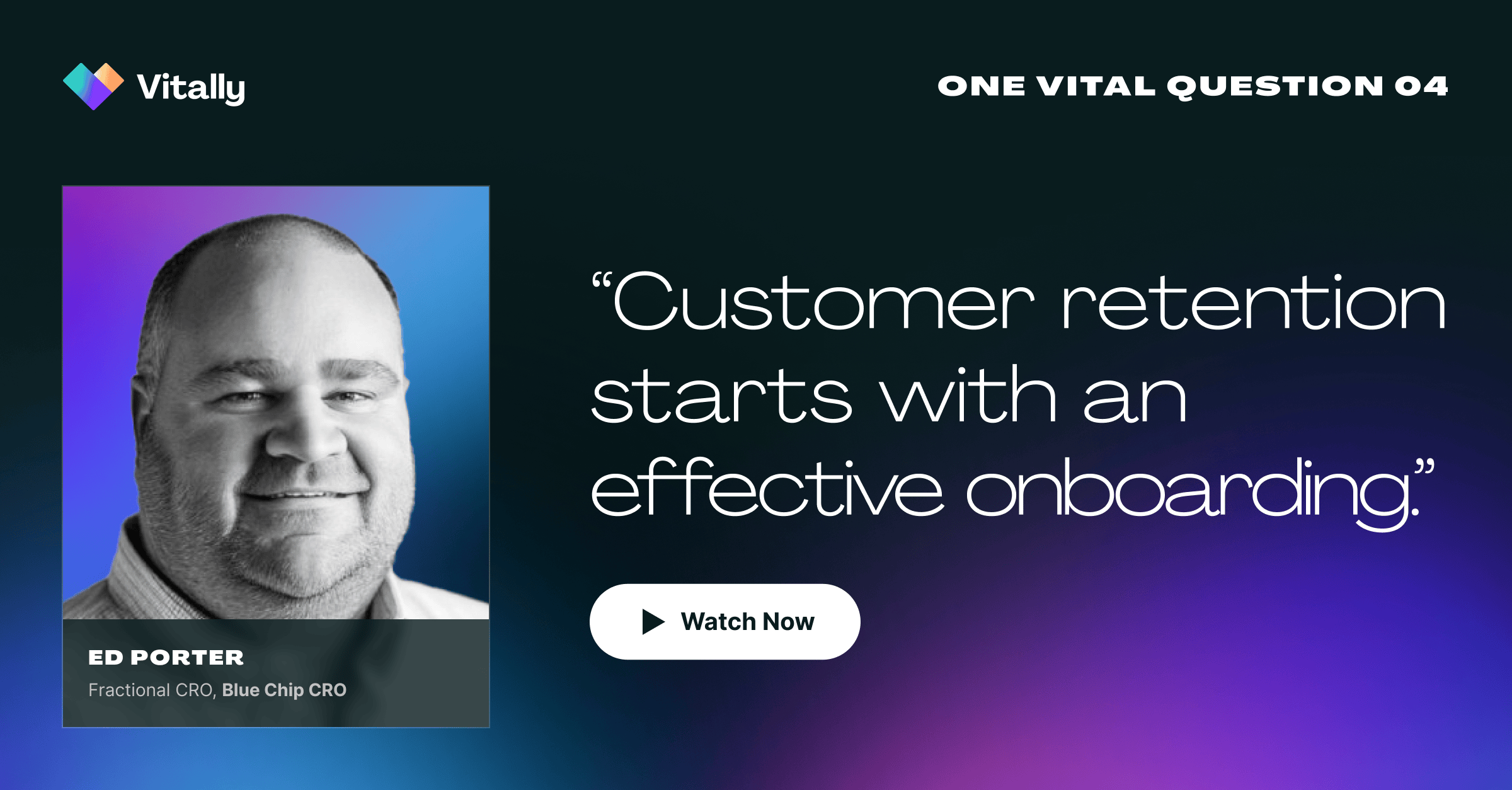
Ed Porter reminds us that onboarding is often the first opportunity to truly understand the customer’s core problems. His tips:
- Dig into the “why” behind the purchase
- Reconfirm strategic goals if not captured during sales
- Build a plan around solving those pain points
When onboarding uncovers and aligns to the customer’s strategic objectives, it drives stronger adoption and ongoing success.
05. How Can You Structure a High-Impact Kickoff Meeting?
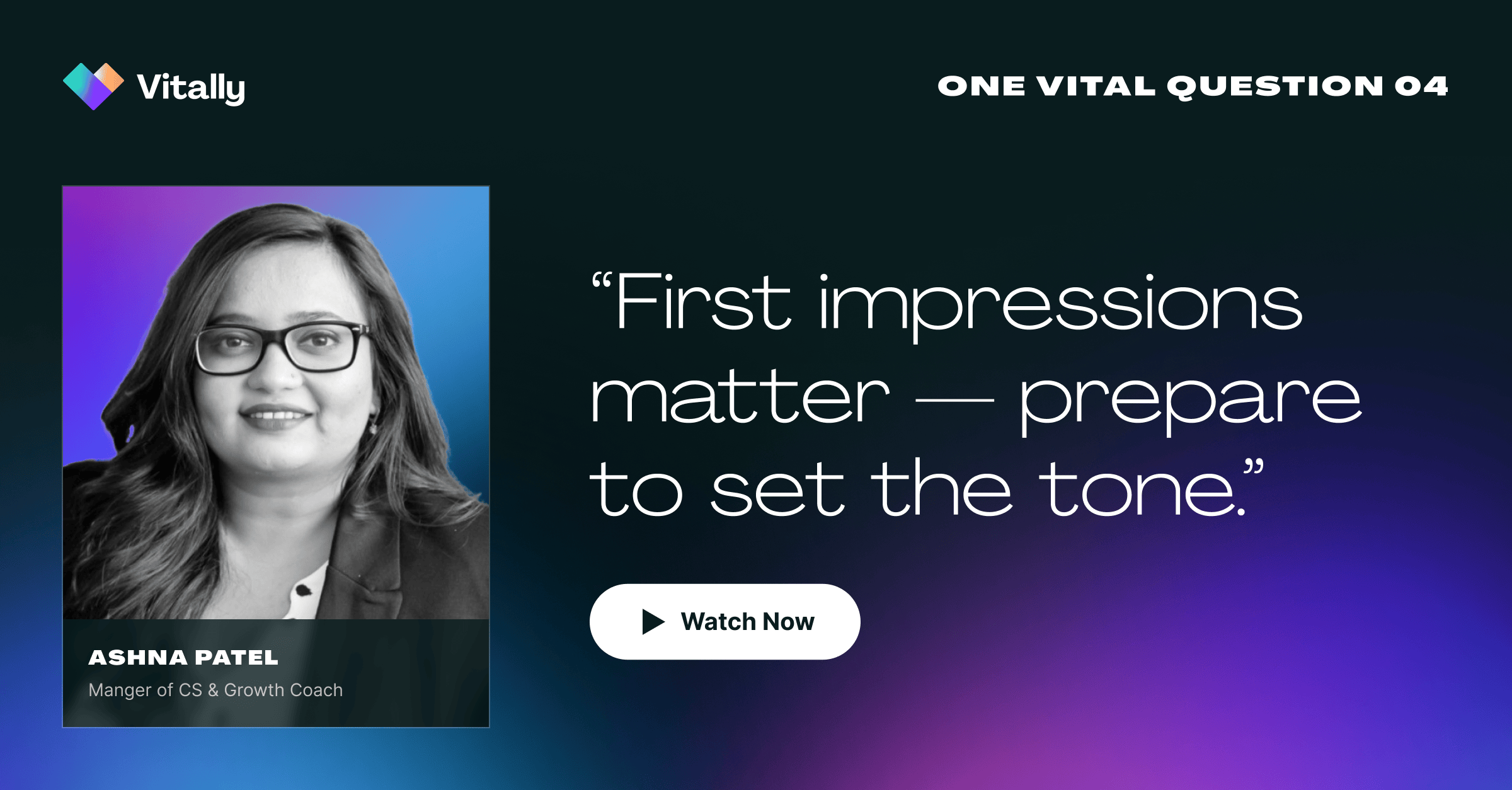
Ashna Patel’s advice centers on being kickoff-ready with a clear structure. She uses a 5-part framework:
- Who are the stakeholders?
- Why are we meeting?
- What are the goals?
- How will we get there?
- When are the next steps?
Sharing this structure with customers builds trust, establishes expectations, and sets the customer journey on a strong foundation.
Conclusion: What Makes Customer Onboarding Successful?
Great onboarding is strategic, intentional, and repeatable. From automation and backward planning to kickoff preparation and discovery alignment, each tactic shared by these leaders points to one truth: onboarding is not a checklist—it’s a launchpad.
By applying these expert-backed customer onboarding strategies, Customer Success teams can reduce churn, increase retention, and deliver measurable value from day one.
Ready to Put These Onboarding Strategies Into Action?
Vitally helps Customer Success teams operationalize best practices—from automating onboarding workflows to aligning around Time to Value.
Request a demo today and see how Vitally can support your team's onboarding goals with clarity, efficiency, and scale.






